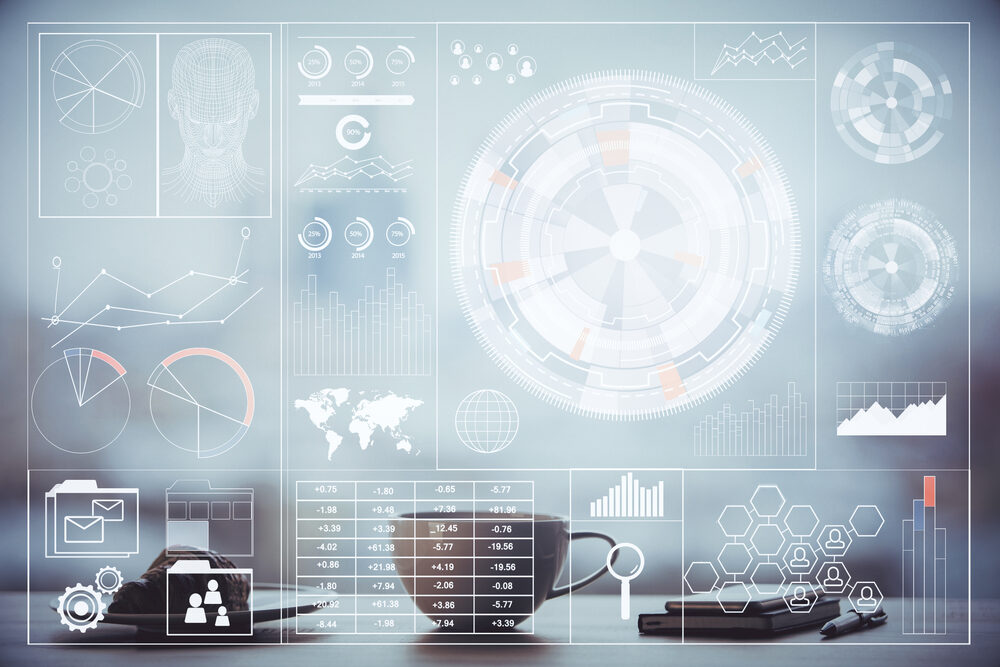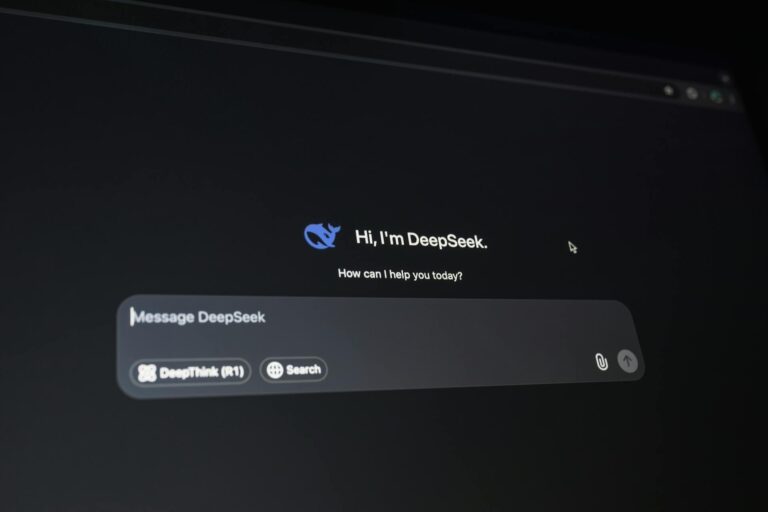
By Joe Baguley, VP & CTO, VMware
The digital revolution of the employee experience continues. It started with workers bringing personal devices to work. Then, it quickly evolved into the consumerization of apps. Now, emerging tech like artificial intelligence (AI) is making its way from the consumer realm into the office.
Are IT teams taking the lead in empowering employees with AI technologies, such as machine learning and virtual assistants? Or will employees again lead the revolt and demand AI at work?
Is AI the new bring-your-own (BYO) technology?
Looking Back
‘Bring your own device’ (BYOD) started trending over a decade ago, but many IT organizations didn’t fully support the concept until a few years past. Instead, some banned BYOD, and some adopted a limited BYOD policy.
Despite the ban on consumer technologies at work, employees—including business executives—worked on their personal devices anyway. IT had to reckon with the impact on security and find solutions to manage new devices and operating systems. Mobile device management (MDM) was created to help manage BYOD. Then, to support additional consumer device types and applications, unified endpoint management hit the scene. As we look back, what started as a nuisance for IT turned out to be a powerful movement that benefits both employees and businesses.
IT now knows that empowering employees with secure and seamless access to any app on any device results in higher performing employees and businesses. According to Forbes Insights research, empowered employees across EMEA:
- Spend 16 percent less time on manual processes.
- Collaborate better (an increase of 15 percent against traditional employees).
- Are twice as likely to say apps are important in accelerating decision making.
- Are five times more likely to report gains in productivity.
Fast forward to today and the infiltration of consumer AI technologies in business. The employee demand is similar to BYOD, but the opportunity could be tremendous.
A powerful example for AI and machine learning comes from Siza, a Dutch healthcare organisation which supports people with physical, mental or multiple disabilities and people with autism or non-congenital brain injuries. The company makes significant technology investments to empower these people to better organize their own lives.
“We often talk about augmented healthcare as the new thing to ensure that we can build more technology into the healthcare processes,” says Jorrit Ebben, chief strategy and innovation officer at Siza. “What we try to do is introduce more data-driven decisions for our healthcare professionals—as an aid for them to do even better work than they do now.”
Ebben recalls a specific use case of a patient who uses a wheelchair with an integrated respirator. If the wheelchair or respirator fails, the patient could be in life-threatening danger. AI can enable nursing staff to respond faster to these situations.
“We can use artificial intelligence and also machine learning to predict whether his respirator’s still going to work or not. And that’s the kind of stuff that we want to introduce to make sure that we can help him earlier than he knows that he needs help,” Ebben says.
Back to the Future: AI at Work
Alexa, Siri and other virtual assistants live in employees’ homes, ride with them to work and follow them on their phones. By 2021, there may be almost as many voice assistants as people, according to Ovum’s Digital Assistant and Voice AI-Capable Device Forecast: 2016-21. Furthermore, Gartner predicts that by 2022, 80 percent of smartphones shipped will have on-device AI capabilities.
Following consumer adoption and changing attitudes, purpose-built smart assistants like Alexa for Business pave the way for AI at work. Smart assistants naturally complement intelligent smartphone apps, such as Edison, formerly EasilyDo. Using predictive analytics and deep learning, these smart apps extract meaningful, actionable data in real-time. For example, Edison proactively notifies you when it’s time to leave based on traffic patterns and meeting start times. While these apps classify as consumer offerings, it’s easy to understand why employees want these tools at work.
Additionally, home-based IoT technologies are entering offices. AI-powered tech like smart speakers, coffee machines, lights, thermostats and TVs easily add value in the workplace. Because if they help make your home life easier, why wouldn’t we adopt these valuable tools at work?
Finally, users expect the same great digital experience at work as in their personal lives—or they won’t adopt. That means capitalizing on productivity in “mobile moments.” The most frequent mobile moment happens within email. VMware Workspace ONE mobile flows, for example, make it easier for IT and development teams to build relevant workflows into email—the app users statistically use most. When combined, mobile flows and Workspace ONE Boxer enable users to complete multiple tasks from a single app (Boxer) on their mobile device.
By deriving context from the content in an email in Boxer, mobile flows surface a notification for a user to act on. A powerful use case is field sales. Instead of waiting to get back to the office, intelligence inside Boxer automatically prompts reps to add notes to Salesforce without leaving the email application.
A New Mindset
For IT, AI presents an opportunity to move past the BYOD “let it happen” mindset toward a new “invite and accelerate innovation” mindset. By embracing AI at work, IT not only help organisations to step in front of the technology curve, it can both liberate workers and vault business paradigms forward.
At breakneck speed, machine-driven technology helps employees better work with one another and serve customers. Imagine, then, how IT could empower collaboration and innovation by combining multiple AI applications.
Intelligent workflows like this empower IT to improve employee experiences, optimise resources and strengthen security.
By putting employees first and embracing AI applications at work, IT leads innovation. And the likelihood of another BYOD-style revolution disappears.
The Next Step
Already, more than 1-in-5 businesses plan to deploy AI technologies by 2020, according to a PwC survey. To unlock the potential of AI for employees, IT should:
- Organize for AI: Establish an AI area of expertise within IT, as well as a supporting employee advocacy team. Focus on responsible AI. Leverage all possible data and devices.
- Optimize for AI: Roll out small implementations quickly, gather feedback, revise and then quickly roll out again.
- Create Opportunities with AI: Evaluate existing processes and rethink them with an AI mindset to improve personalization, efficiency and service.
So, Is AI the New BYOD?
We know AI innovation has the potential to drive digital transformation faster than anyone imagined. And the potential benefits are hard to overlook. AI-powered automation saves workers time by reducing mundane, repetitive tasks, freeing employees to spend more time solving the hardest challenges.
But AI doesn’t have to follow BYOD’s path.
BYOD became a security and management debacle for resistant IT organizations. But when IT got onboard and integrated BYO into their strategy, the gains were immense. Similarly, the true power of business AI will happen when IT integrates purpose-built AI into the employee toolset. To truly empower employees and bring value to businesses, IT has the exciting opportunity to leap ahead of worker demands and deliver true digital transformation.

Joe Baguley is VMware’s Vice President and Chief Technology Officer for EMEA, joining VMware in 2011. He helps develop and communicate VMware’s strategy and vision with customers and partners, using his wealth of experience to help organisations reduce costs and better support users and business needs. As part of VMware’s Office of the CTO and its representative in EMEA, Joe assists VMware’s customers in understanding how to use today’s advances in technology to deliver real business impact as well as working with them to inform VMware’s R&D processes.
Joe is a recognised leader within the European technical community and considered one of the top 50 most influential leaders in UK IT. He won an award for data leadership in ‘Infrastructure & Protection’ in the 2016 Data 50 Awards and appeared in the Computer Weekly UKtech50, the Information Age Top 50 Data Leaders and the Cloud World Series’ Cloud 100 community board. He has played a key role in CloudCamp and other events, communicating how cloud technology fits into the broader IT landscape. Joe previously spent ten years at Quest Software where he was CTO of EMEA, shaping its direction and strategy.
In addition, Joe is also on several advisory boards at the European Commission and ETSI and is a founding committee member of the Data Centre Specialist Group at the British Computer Society which helped shape the European Code Of Conduct for Data Centres.


